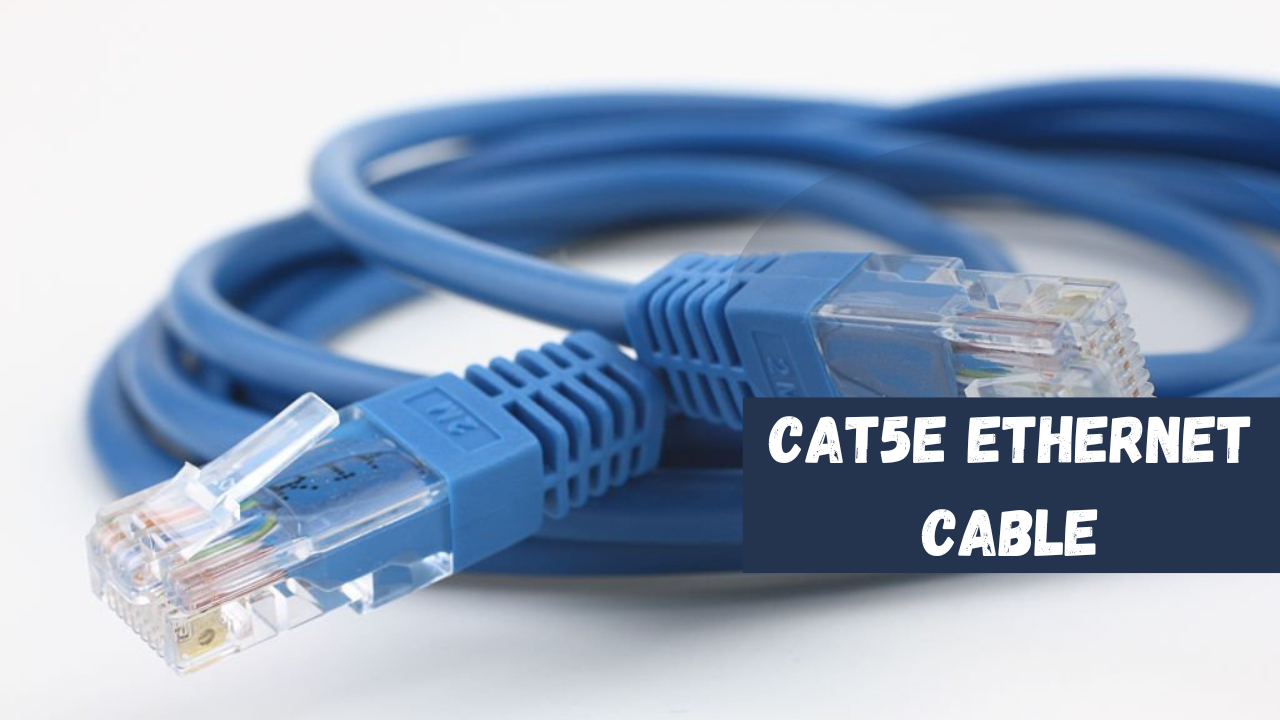The humble Cat5e ethernet cable remains a workhorse in the world of wired networking. While newer Cat6 and Cat8 standards offer improved performance, Cat5e cables are still a reliable and cost-effective solution for many applications. This comprehensive guide delves into the world of Cat5e ethernet cables, exploring their performance capabilities, common applications, and potential limitations.
Understanding Cat5e Technology
Cat5e, short for Category 5 enhanced, is a standardized twisted-pair cable designed for carrying ethernet data. It’s an improvement over the earlier Cat5 standard, offering better performance in terms of:
Frequency: These cables such as the Cat5e plenum 1000ft supports higher frequencies (up to 100 MHz) compared to Cat5 (up to 100 MHz), reducing crosstalk and signal interference.
Speed: Bulk Cat5e Cables can support Gigabit Ethernet speeds (1000 Mbps), making them suitable for high-bandwidth applications.
The cable itself consists of four twisted-pair wires, each insulated and twisted together to minimize crosstalk. Each pair transmits data differentially, further reducing noise and improving signal integrity.
Cat5e Performance Capabilities
Cat5e ethernet cables offer a good balance of speed and affordability. Here’s a breakdown of their key performance aspects:
Speed: As mentioned earlier, Cat5e cables can support Gigabit Ethernet speeds (1000 Mbps). This is sufficient for most home and office network applications, including streaming high-definition videos, transferring large files, and online gaming.
Distance: Cat5e cables can reliably transmit data over distances of up to 100 meters (328 feet) without experiencing significant signal degradation. This makes them suitable for most networking layouts in homes and businesses.
It’s important to remember that exceeding this recommended distance can lead to performance issues.
Applications for Cat5e Ethernet Cables
Cat5e cables are widely used in various networking applications due to their versatility and affordability:
Home Networking: Cat5e cables are a popular choice for connecting computers, printers, network-attached storage (NAS) devices, and other peripherals to routers and switches in home networks. They provide a reliable and stable wired connection for everyday internet usage.
Office Networking: Cat5e cables are a common choice for creating wired office networks. They can connect workstations, servers, and other network devices, ensuring efficient data transfer and network stability.
Voice over IP (VoIP): Cat5e cables can be used for VoIP phone systems, transmitting both voice and data over a single cable. This eliminates the need for separate phone lines and simplifies network infrastructure.
Security Systems: Cat5e cables can be used to connect security cameras and other security devices to a central recorder or monitoring system. This provides a reliable connection for real-time monitoring and video recording.
While Cat5e plenum 1000ft cables are suitable for many applications, newer Cat6 and Cat6a standards offer advantages for specific needs, such as higher speeds and greater distances for data transmission.
Limitations of Cat5e Cables
While Cat5e cables are a reliable solution, they do have some limitations to consider:
Speed: Compared to newer Cat6 and Cat8 standards, Cat5e cables have a lower maximum speed of 1 Gigabit Ethernet. If you require higher data transfer speeds (10 Gigabit Ethernet or higher), Cat6 or Cat8 cables are better suited.
Susceptibility to Interference: Cat5e cables are more susceptible to crosstalk and signal interference compared to newer shielded Cat6 and Cat8 cables. This can be a concern in environments with a lot of electrical noise, such as data centers or industrial settings.
For applications requiring higher speeds or greater resistance to interference, consider Cat6 or Cat8 cabling solutions.
Cat5e Plenum vs. Non-Plenum Cables
When choosing Cat5e cables, you might encounter terms like “plenum” and “non-plenum.” Here’s a quick explanation:
Plenum Cables: These Cat5e Plenum 1000ft Cables have a special fire-retardant jacket, making them suitable for use in air plenums (spaces between ceilings and floors used for air circulation). Building codes often mandate plenum cables in these areas for safety reasons.
Non-Plenum Cables: These cables lack the fire-retardant jacket and are generally cheaper. They are suitable for most home and office networking applications as long as they are not installed in air plenums.
Always check local building codes to ensure you’re using the appropriate cable type for your installation.
Conclusion: Cat5e – A Reliable Option for Many Networking Needs
Cat5e ethernet cables such as the Cat5e Plenum 1000ft remain a valuable asset in the networking world. They offer a good balance of speed, affordability, and reliability, making them suitable for a wide range of applications in homes …and businesses. While newer Cat6 and Cat8 standards offer advantages in speed and performance for demanding network needs, Cat5e cables remain a cost-effective and reliable choice for most home and office setups. For everyday internet usage, connecting peripherals, and even VoIP applications, these cables provide a stable and secure wired connection. So, before you rush to upgrade your entire network infrastructure, consider if Cat5e’s capabilities are sufficient for your current needs. Remember, sometimes the tried-and-true solution is the perfect fit!
Frequently Asked Questions
1. How fast is Cat5e ethernet cable?
It can support speeds up to Gigabit Ethernet (1000 Mbps). This is sufficient for most home and office network needs, including streaming HD videos, transferring large files, and online gaming.
2. What is the maximum distance for a Cat5e cable run?
For reliable performance, Cat5e Plenum 1000ft should not exceed 100 meters (328 feet) in length. Exceeding this distance can lead to signal degradation.
3. Should I use Cat5e or Cat6 cable?
Cat5e ethernet cable is a good balance of affordability and performance for most home and office setups. Cat6 offers faster speeds (up to 10 Gigabit Ethernet) and better resistance to interference, but it’s also more expensive. If you need extra speed or have concerns about interference, Cat6 might be a better choice.
